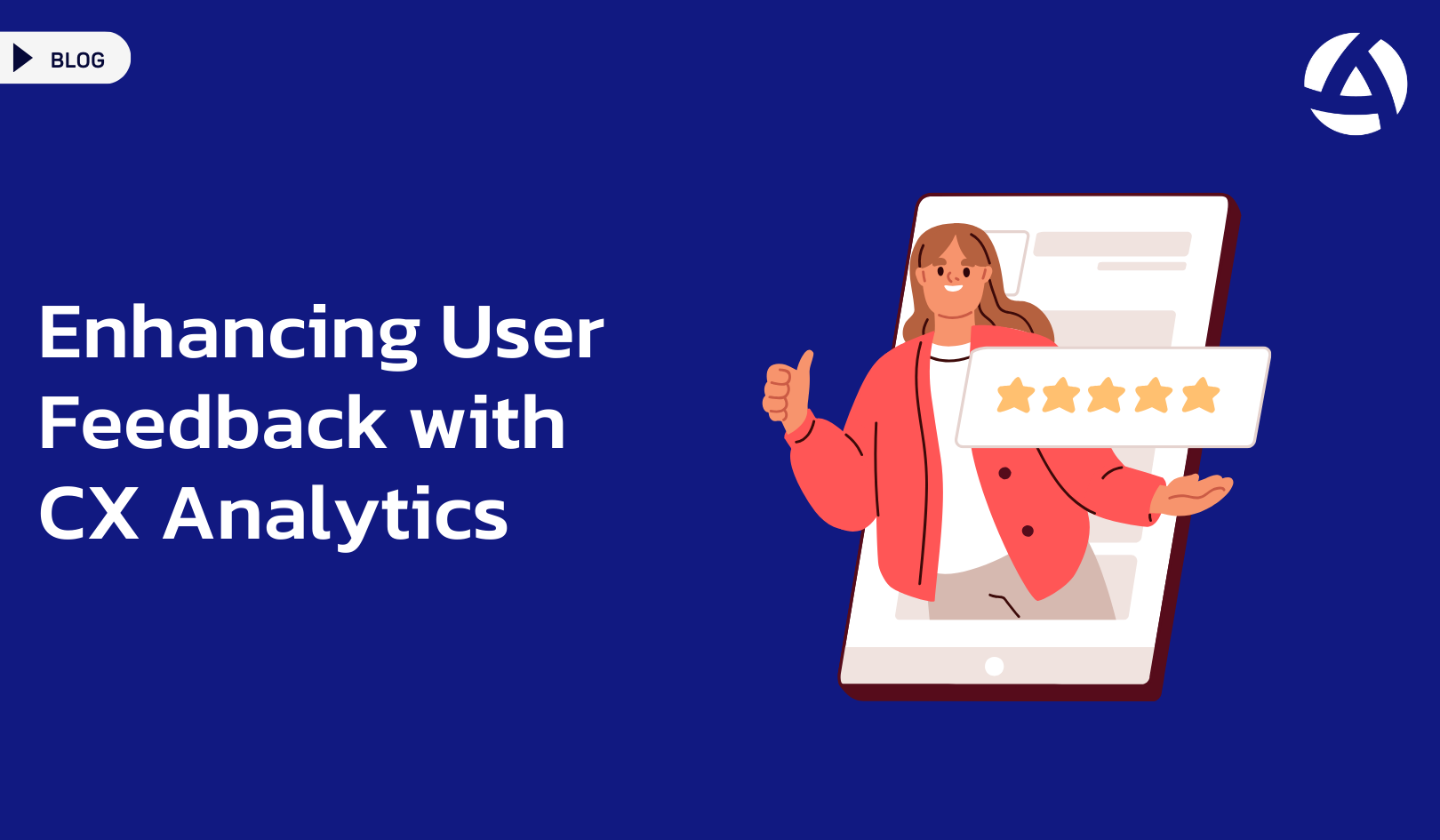Understanding customer feedback is essential for any business aiming to improve its products and services. With the right customer feedback software, businesses can not only gather but also visualize data, turning raw feedback into actionable insights. Visualization of data plays a pivotal role in interpreting customer sentiments, identifying trends, and making informed decisions.
Why Data Visualization Matters in Customer Feedback
Data visualization is more than just presenting numbers in charts and graphs; it’s about making sense of complex data quickly and effectively. By visualizing customer feedback, businesses can easily identify patterns and outliers that would otherwise be difficult to detect in raw data.
- Identifies Trends: Visual representations such as line charts and bar graphs can reveal trends over time, helping businesses understand how customer sentiment is evolving.
- Highlights Key Insights: Heat maps and word clouds can highlight the most frequently mentioned issues or praises, providing a clear picture of what matters most to customers.
- Facilitates Quick Decisions: By presenting data visually, decision-makers can quickly grasp key insights without needing to analyze extensive data reports.
Types of Visualizations for Customer Feedback
Different types of visualizations can be used to analyze customer feedback, each offering unique insights. Some effective visualization methods include:
- Pie Charts: Useful for displaying the proportion of positive, neutral, and negative feedback.
- Line Charts: Great for showing changes in customer sentiment over time.
- Bar Graphs: Ideal for comparing different categories of feedback, such as product features or customer service aspects.
- Word Clouds: Provide a visual representation of the most common words in feedback, highlighting customer priorities and concerns.
Using Customer Feedback Software for Data Visualization
Customer feedback software comes equipped with powerful tools to visualize data. These tools can automatically generate charts and graphs from collected feedback, saving time and reducing the risk of human error.
- Automated Reports: Software can generate automated reports that visualize customer feedback, making it easy to share insights across teams.
- Customizable Dashboards: Many platforms offer customizable dashboards where businesses can choose which visualizations to display, focusing on the metrics that matter most.
- Real-Time Data: Some customer feedback tools provide real-time visualizations, allowing companies to respond quickly to emerging trends or issues.
Customer Experience Analytics and Data Visualization
Customer experience analytics takes data visualization to the next level by integrating feedback from various channels and presenting it in a unified view. This holistic approach helps businesses understand the full customer journey and pinpoint areas for improvement.
By visualizing data from multiple sources, companies can:
- Track Cross-Channel Interactions: Understand how customers interact with different touchpoints and identify where the experience can be optimized.
- Measure Overall Satisfaction: Gauge customer satisfaction across the entire journey, rather than focusing on isolated interactions.
- Analyze Demographic Segments: See how different customer segments perceive the brand, allowing for more targeted strategies.
Best Practices for Visualizing Customer Feedback Data
To make the most of customer feedback software, it’s important to follow some best practices for data visualization:
- Choose the Right Visuals: Not all data is best represented by the same type of chart or graph. Select visuals that clearly convey the message you want to communicate.
- Keep It Simple: Avoid cluttering visualizations with too much information. Focus on key insights and make sure the visual is easy to understand at a glance.
- Regularly Update Visuals: As new feedback comes in, update your visualizations to reflect the most current data. This ensures your insights remain relevant and actionable.
Conclusion
Customer feedback software with robust data visualization capabilities is a valuable asset for any business. It transforms raw feedback into clear, actionable insights, allowing companies to better understand their customers and enhance their experiences. By leveraging the power of data visualization, businesses can make more informed decisions, ultimately leading to improved customer satisfaction and loyalty.




